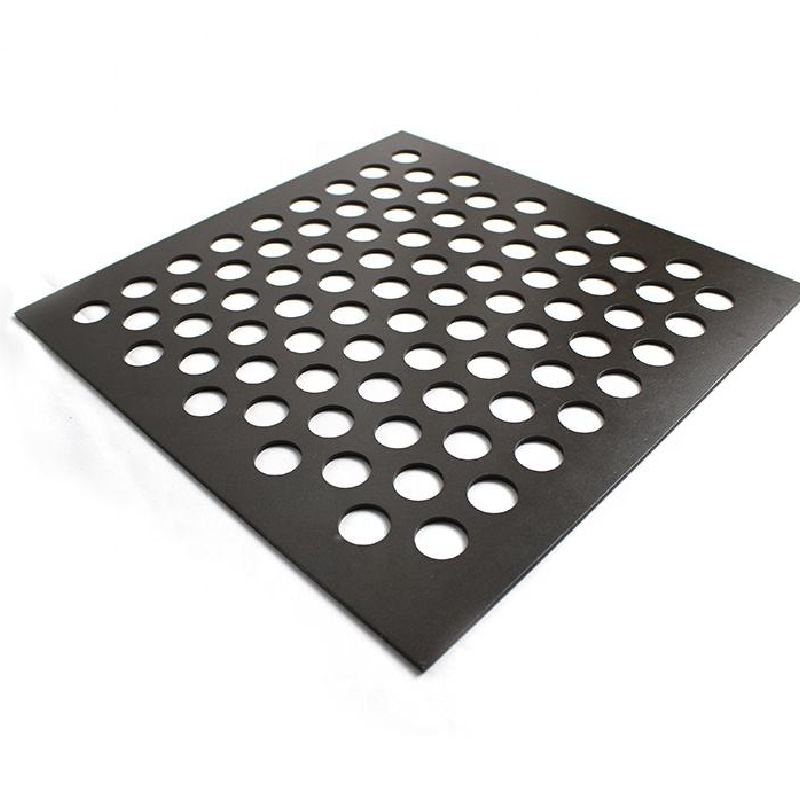Trellis Netting for Climbing Plants A Guide to Support and Growth
As any gardener knows, climbing plants can transform an ordinary garden into a lush, vibrant oasis. However, to thrive, these plants require adequate support, and that's where trellis netting comes into play. This gardening marvel has become increasingly popular among gardening enthusiasts for its practicality and effectiveness. In this article, we’ll explore the benefits, applications, and setup of trellis netting for climbing plants.
Understanding Trellis Netting
Trellis netting is a type of support system designed to aid climbing plants as they grow. Unlike traditional trellises, which are often rigid structures made from wood or metal, trellis netting consists of a mesh-like fabric or plastic net that can be attached to various surfaces. This flexibility allows the netting to adapt to different plant sizes, growth patterns, and space requirements.
Benefits of Trellis Netting
1. Support for Climbing Plants One of the primary advantages of trellis netting is its ability to provide essential support for climbing plants. Plants such as tomatoes, cucumbers, peas, and various flowering vines benefit immensely from a stable structure to cling to as they grow upward.
2. Space-Saving By utilizing vertical space, trellis netting allows gardeners to maximize their growing area. This is particularly beneficial for small gardens or urban environments where ground space is limited. Growing vertically can lead to healthier plants with improved air circulation and sunlight exposure.
3. Improved Yield With proper support, climbing plants can produce a more abundant harvest. Trellised plants tend to have better access to sunlight and reduced risk of disease from soil contact, which can lead to more fruitful outcomes.
4. Ease of Maintenance With an organized structure in place, maintaining climbing plants becomes significantly easier. Harvesting becomes less cumbersome as the fruit is more accessible, and pest inspection can be performed more effectively.
Choosing the Right Netting
trellis netting for climbing plants

When selecting trellis netting for your climbing plants, consider the following factors
- Material Netting is typically made from nylon, polyethylene, or polyester. Choose a material that is durable yet flexible, allowing it to withstand outdoor conditions. - Mesh Size The mesh size should be appropriate for the type of plants you are growing. Smaller plants may require a tighter mesh, while larger, heavier fruits need a sturdier net that can support their weight. - Height and Width Determine the dimensions of the area where the netting will be installed. Measure the height required for your plants and ensure the netting is tall enough for vertical growth.
Setting Up Trellis Netting
Setting up trellis netting is a straightforward process
1. Choose the Location Select a spot in your garden that receives ample sunlight and is accessible for maintenance.
2. Install Anchors Securely anchor posts or stakes into the ground at each corner of the intended trellis area to provide stability.
3. Attach the Netting Stretch the trellis netting between the posts, ensuring that it is taut but not overly tight to prevent damage. You can attach it using zip ties or garden clips for easy installation.
4. Guide Your Plants As your climbing plants begin to grow, gently guide their stems and branches towards the netting. Over time, they will naturally cling to the mesh as they seek support.
Conclusion
Trellis netting is an invaluable resource for gardeners looking to maximize the potential of their climbing plants. It offers support, promotes healthy growth, and enhances yields, while also making garden maintenance more manageable. By selecting the appropriate materials, properly installing the netting, and guiding your plants as they grow, you can create a flourishing vertical garden that will be the envy of your neighborhood. As you embark on your gardening journey, consider incorporating trellis netting and witness the transformative effects it can have on your climbing plants. Happy gardening!
-
Versatility of Expanded Aluminum Metal for Various Applications
NewsMay.19,2025
-
The Geometry of Steel Gratings: Why It Matters
NewsMay.19,2025
-
Reinforcement Applications of Perforated Mesh in Masonry
NewsMay.19,2025
-
Essential Tools for Installing a Deck Mesh Railing
NewsMay.19,2025
-
Anti-Slip Flooring Made with Stainless Expanded Mesh
NewsMay.19,2025
-
Adjustable Steel Grating for Uneven Terrain
NewsMay.19,2025
Subscribe now!
Stay up to date with the latest on Fry Steeland industry news.

